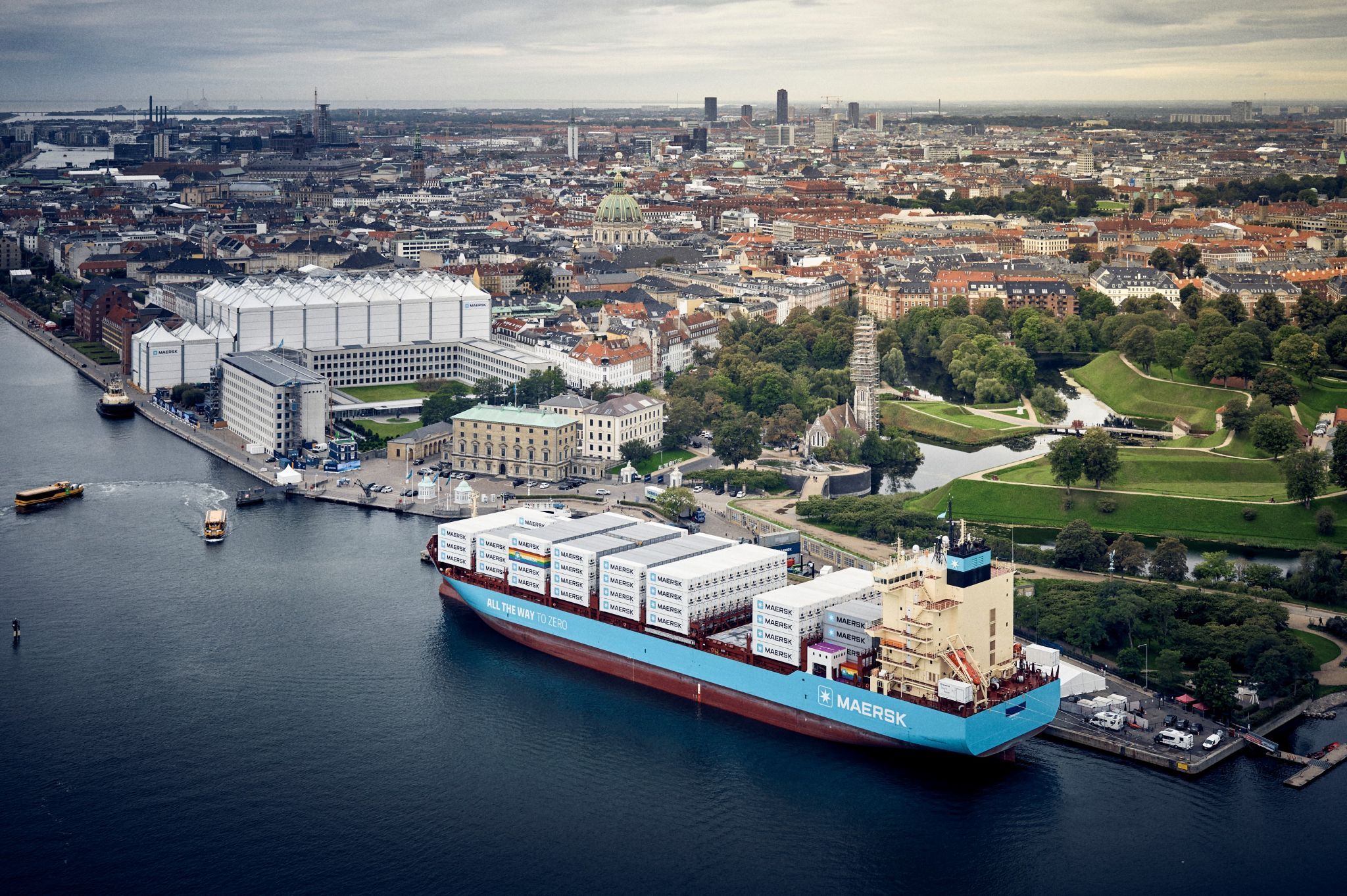News
Circular business models
District energy
Energy efficiency in industry
+5
Creating innovative business models and increasing production efficiency


Resource-efficient production
Efficient use of a given resource requires careful consideration of the whole life cycle of the resource. Fabrication of a product with minimal use of resources involves:
- reducing raw material use
- materials from other processes
- recycling products into new products and
- repairing products instead of substituting them for new ones.
To be effective, such considerations must be built into industrial processes and the life cycle planning of a product.
In energy production as well, resource efficiency is getting increasingly important. Especially when it comes to the non-renewable, fossil fuel sources, it is vital to maximize utilisation rates as supplies dwindle and demands to reduce emissions grow.
Public-private partnerships create mutual benefits
More and more companies are recognising the commercial potential of reducing resource and energy consumption as a way of increasing revenues. What was once considered Corporate Social Responsibility is now an inherent part of many companies’ strategy for creating a competitive edge, while simultaneously protecting the environment.
In Denmark, public-private partnerships have been a way of combining business opportunities with environmental considerations for a long time. This has for instance been done by using surplus heat in industries for residential heating, recycling industrial wastewater to reduce water consumption and finally by utilisation waste materials as resources. These are just some of the examples of companies, utilities, and municipalities are working together to create mutual benefits.
Circular business models
These years, sharing economy platforms such as Airbnb and Uber are making their entry into the everyday life of millions of people around the world. As significant environmental benefits are associated with many of these platforms, as well as the growing number of circular business models that are currently being introduced across markets, this is an area that holds significant potential for the global green transition.
Encouraging the development of digital platforms, which can contribute to the sharing economy, is one of the ways Denmark is trying to establish itself as a global frontrunner in the transition towards a circular economy.
You should consider reading
publications
Resource efficient production
+15















